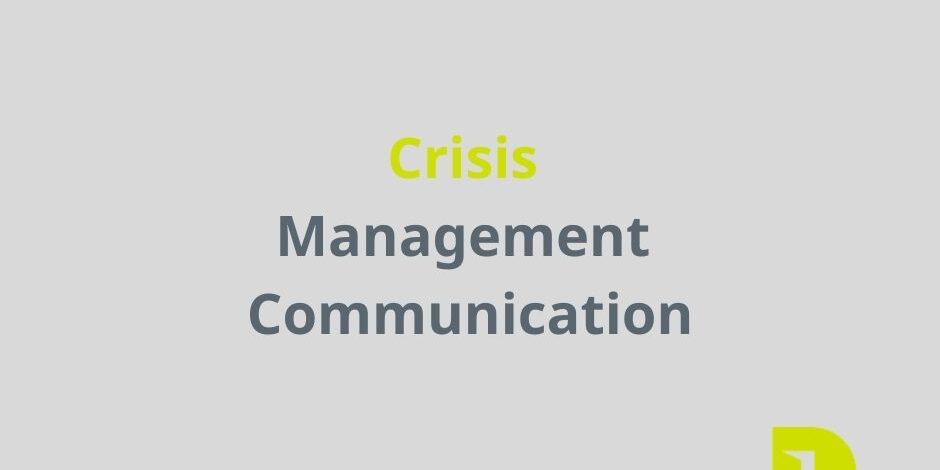The case of the vaccination for covid-19 and the now infamous side effects of the AstraZeneca vaccine, presents a particularly interesting case study for the communication in crises management.
The crisis here lies in the fact that on the one hand there is a great need for people to be vaccinated to achieve a significant degree of immunity while on the other hand news reports and conflicting decisions worldwide create fear among the masses for one of the available vaccines.
Due to the multitude of conflicting messages from various sides (international regulators, European Union, domestic health organizations, opinion leaders, etc.) often the designated spokespeople follow a tactic of deliberate ambiguity to save time without giving up trying to disseminate the sense of transparency and the fact that the situation is under full control.
The result of this tactic is not only failure to convince the people and allay their worries, but also the creation of the feeling that the safety of the citizens is secondary, that is, the exact opposite message from what is desired!
Obviously, the issue is growing due to the increased role played by social media in modern public debate. However, this is a parameter that modern crisis management theory and practice must take into account. The margins for error are narrower than ever and the reaction times even more pressing.
The lesson is this: publicly expressed disagreements over the key messages conveyed by each state apparatus highlight the importance of closer coordination and a single line of communication between all those involved in dealing with and managing a crisis. Because even in crisis management, everything is a matter of perception.









